Autism diagnostic evaluation can involve a lot of waiting. Waiting to be contacted for an appointment, waiting for the evaluation appointment to happen, waiting for the results… and then those results are suddenly here! So, what happens next?
Each young person and their family will have their own priorities, but here are three common next steps:
1. Build understanding
This is a great place to start. Our experiences with autism can be very different from one another — a classmate, a distant relative, a movie character. We may have a small or very specific picture of what a diagnosis of autism means but the autistic experience is really diverse! The best way to learn about autism is from Autistic people. A few examples of Autistic writers and speakers talking about autism include:
- Autistic Self-Advocacy Network’s “Start Here: A Guide for Parents of Autistic Kids.” This short resource is available online for free as a PDF or available for purchase as a paperback book. The resource explains the logistical and emotional aspects of receiving an autism diagnosis in a caring way and answers common questions.
- Autism Women and Nonbinary Network’s “Sincerely, Your Autistic Child.” This collection of essays is a nice slow read. It’s something to keep on your shelf and come back to when you need it. You could read or listen to one essay (or part of an essay!) at a time and get a fresh perspective of the autistic experience with each.
- Morgan Harper Nichols’s “I’m Autistic.” Morgan Harper Nichols shared her experience of being undiagnosed throughout her childhood and early adulthood and how autism plays a role in her life in both a blog post and YouTube video called “I’m Autistic.” She shares both her personal reflections and several considerations about broader experiences of autism.
I want to share two extra resources that have collected and shared more views and experiences of Autistic folks. “The Little Book of Autism FAQs” by Davida Hartman uses a Q&A style to share information, including how to talk about an autism diagnosis with children. “Is This Autism? A Guide for Clinicians and Everyone Else” by Donna Henderson and Sarah Wayland, with Jamell White, takes a deep dive into research and report of personal experiences about autism.
2. Identify supports
If you have ever had to switch between spoken languages or electronic devices, you may know that it is a lot easier to work in one system than to try to turn one thing into another. We’re going to have a hard time finding a matching English word for the Danish word “hygge” and an even harder time finding a “Command” key on a PC keyboard.
In the same way, we do not want to try to make non-Autistic strategies work when they are not the right fit. We need to consider what works best for the Autistic person. Many of the resources shared above explore ways of using common Autistic strengths (like noticing certain details, caring deeply about specific topics or ideas, communicating in a straightforward and honest way). The resources also share ways to support common needs of Autistic individuals (like reducing sensory demands, giving clear directions and avoiding unexpected changes or transitions).
For some people, intervention through counseling or different therapies is helpful to learn new skills. Treatment can help someone know how to help their body feel calm when they are uncomfortable. They can learn how to advocate for their needs, including getting changes in places that are not helping them. Sometimes, intervention isn’t needed — the person has the skills to do what they need to do! But all of us run into “cannots” as well: We all have things we cannot do. In those cases, we use accommodations to help reach goals and meet needs. Accommodations do not require that the person change; instead, they help change what is going on around the person. Accommodations might include headphones or ear buds to make things quieter, early notice of changes to make things less unexpected or breaks to move around allowing for stims needed to self-regulate and feel good in a space.
3. Ask questions
Keep track of what you are wondering, maybe in a text or email to yourself, journal or app on your phone. The resources above may have a glossary or table of contents that can bring you a quick answer. You can also explore answers in conversation. Bring your questions back to the clinician who diagnosed your child, self-advocacy groups or local parent groups.
Remember that the internet is not always helpful. I avoid websites that talk about “curing” autism. I like websites that include Autistic voices (like having someone autistic on their board or as a frequent contributor). Good websites should cite their sources (if they are offering a recommendation, can they explain why?). It can be helpful to set a timer and spend only 10-15 minutes at a time exploring different sources of information. If you find a few good ones, you can save them for a deeper read later. Many helpful resources will connect to other helpful resources, which can save time and some confusing or doom-filled spirals.
We are all learning how to navigate life and there is rarely an exactly perfect, single, answer of how to do so. Allow yourself the space and grace to figure it out, ask your questions and let the answers build a team of community members, clinicians and resources you can trust. I’m cheering you on!
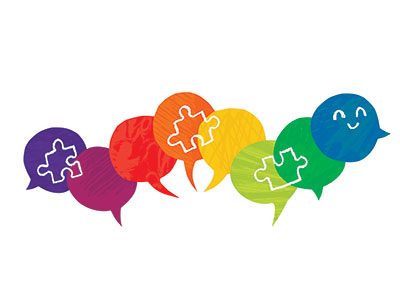 https://riseandshine.childrensnational.org/wp-content/uploads/2025/10/autism-image-feature.jpg
300
400
Rise and Shine
https://riseandshine.childrensnational.org/wp-content/uploads/2017/11/childrens_riseandshine_logo.jpg
Rise and Shine2025-10-28 15:41:562025-10-28 15:44:24Understanding autism beyond the headlines
https://riseandshine.childrensnational.org/wp-content/uploads/2025/10/autism-image-feature.jpg
300
400
Rise and Shine
https://riseandshine.childrensnational.org/wp-content/uploads/2017/11/childrens_riseandshine_logo.jpg
Rise and Shine2025-10-28 15:41:562025-10-28 15:44:24Understanding autism beyond the headlines


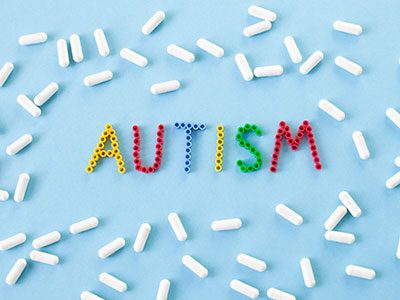



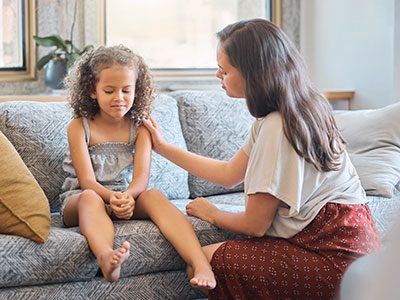


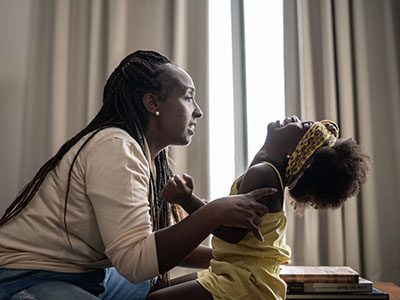


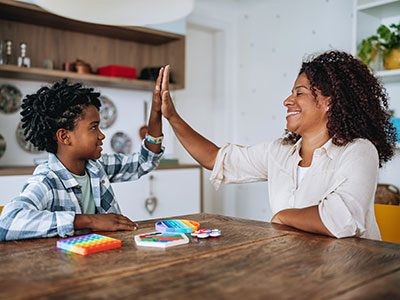







Leave a Comment
Want to join the discussion?Feel free to contribute!